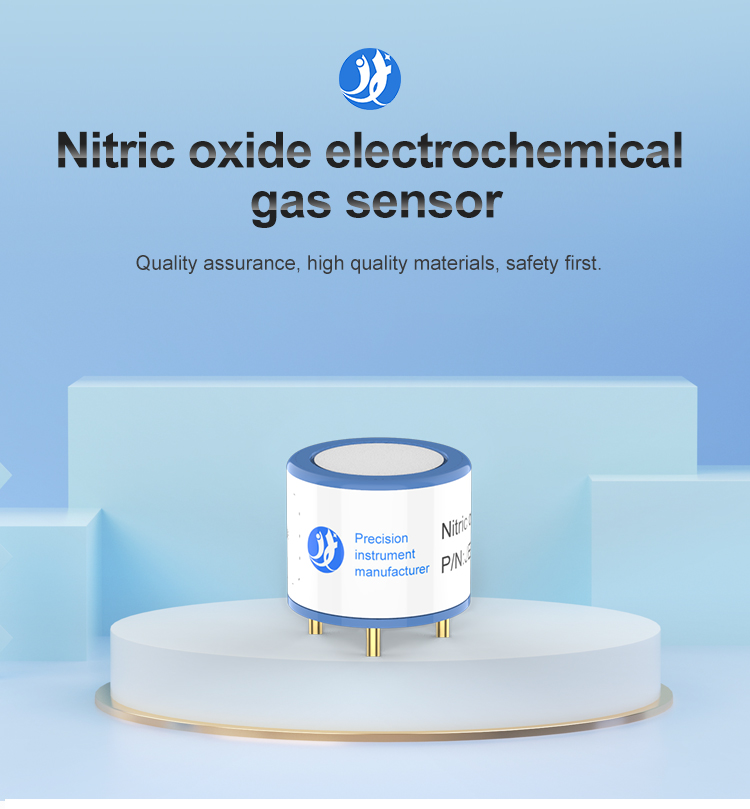Air pollution is a common environmental problem that can cause serious health problems and economic losses. Reliable NO gas detection technology is one of the most effective ways to monitor air quality and reduce harmful emissions. This article will discuss the advantages and disadvantages of NO gas detection technology, as well as the latest developments in this field.

NO gas detection technology:
NO gas is a type of nitrogen dioxide (NO2) gas that is formed during the combustion of fossil fuels, industrial processes, and other sources of NOx emissions. NO gas is a colorless, odorless, and non-toxic gas, but it can cause discomfort and health problems if it is inhaled or absorbed into the body. NO gas detection technology is a common method used to measure NOx emissions and to identify harmful emissions.
NO gas detection technology can be divided into two main categories:
- Chemical detection: Chemical detection uses chemical reagents to detect NOx emissions. These reagents can be used in a variety of ways, such as in-line testing, on-site monitoring, or portable devices. Chemical detection has the advantage of high sensitivity and low detection limit, but it can be time-consuming and costly.
- Nuclear detection: Nuclear detection uses a nuclear detection device to detect NOx emissions. This method can be used in remote areas or in industrial settings, and has the advantage of high accuracy and long-term stability. However, this method requires sophisticated equipment and highly skilled technicians to install and operate, and may also be dangerous if used in unstable or dangerous environments.
Challenges facing NO gas detection technology:
- Accuracy: NO gas detection technology depends on the accuracy of the detection device. The accuracy of the detection device can be affected by many factors, such as the type of gas, the type of equipment used, and the environmental conditions.
- Reliability: NO gas detection
 : +86 155 8830 2704
: +86 155 8830 2704 : jxdziot@gmail.com
: jxdziot@gmail.com
